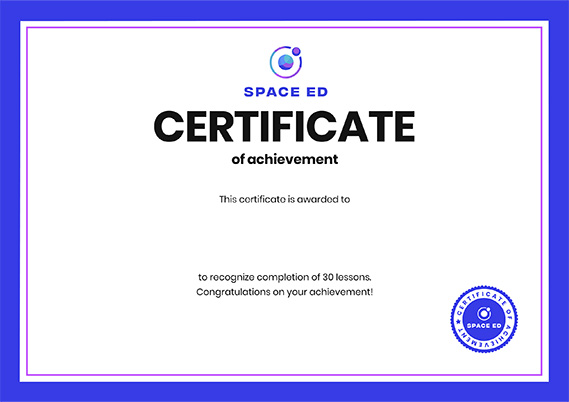The beginning of the universe, for beginners - Tom Whyntie
1,306,409 Views
1 Question Answered
Let’s Begin…
How did the universe begin -- and how is it expanding? CERN physicist
Tom Whyntie shows how cosmologists and particle physicists explore these
questions by replicating the heat, energy, and activity of the first few
seconds of our universe, from right after the Big Bang.
Additional Resources for you to Explore
Here is a selection of resources on the origins of the universe:
The Large Hadron Collider’s experiments have been very busy trying to understand the origins of the universe. You can read more on CERN’s webpage here. The Compact Muon Solenoid (CMS) experiment also has a handy biography of our universe, and (if you’ve got the right ingredients) a recipe for making your own.
The most powerful evidence backing up our current theories of how the universe began come from astrophysical measurements of the Cosmic Microwave Background (CMB). The recent results from the ESA/NASA Planck spacecraft are explained by Professor Ed Copeland in this video.
If you can’t recreate the universe in a real laboratory, can you try in the virtual laboratory? In this video, cosmologist Dr. Andrew Pontzen explains how you can simulate a galaxy using a computer (well, lots of computers).
In case you were wondering how the Large Hadron Collider is like the Planck spacecraft, Dr. Pontzen and Dr. Whyntie explain it all in this video.
This animation has been translated to French. Thank you Hugo Wagner (Translator) and Sadia Ramsahye (Reviewer).
About Space Ed
Space Ed helps you untangle the mysteries of space with the universe’s best videos on everything from Einstein's theory of relativity to what it would take to live on Mars. Brush up on the science, philosophy and mystery of space, because the fabric of the universe is the same fabric that connects us all.
Meet The Creators
- Narrator Tom Whyntie
- Director Dan Abdo, Jason Patterson
- Animator Mike Luzzi, Joey Mccormick
- Compositor Connie Chan
- Editor R.J. Glass
- Producer Cathy Kwan




